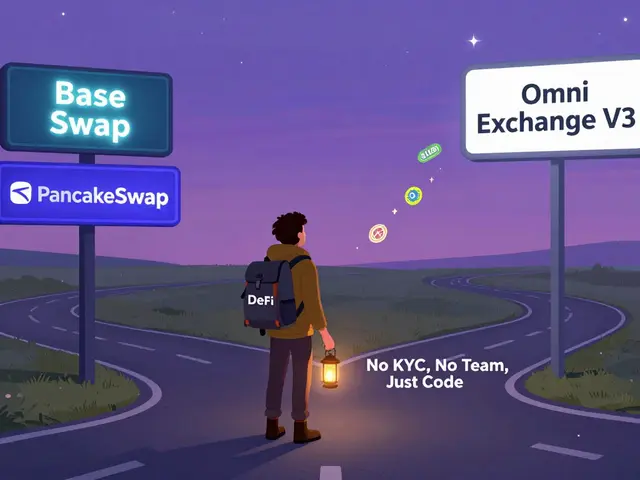Solana Fees: Understanding Transaction Costs on the Fastest Blockchain
When you send a transaction on Solana, a high-performance blockchain designed for speed and low costs. Also known as Solana network, it processes over 65,000 transactions per second while charging fractions of a cent per transfer. That’s not a marketing claim—it’s what happens when you build a blockchain that doesn’t rely on slow, energy-heavy consensus. Unlike Ethereum, where gas fees spike during hype cycles, Solana keeps fees stable even under heavy load. This isn’t magic. It’s architecture.
Solana fees are tied to its unique proof-of-history mechanism, which timestamps transactions before they’re even validated. This lets validators process batches of transactions in parallel, cutting down on congestion. The result? A typical transaction costs around 0.00025 SOL, which is less than $0.001 at current prices. Even during peak usage, fees rarely climb above $0.01. Compare that to Ethereum, where simple swaps can cost $5–$20, and you see why traders, DeFi users, and NFT collectors flock here. But low fees don’t mean zero risk. Network outages in 2022 and 2023 showed that speed comes with trade-offs—stability isn’t guaranteed just because costs are low.
Solana fees also interact with other key parts of the ecosystem. For example, when you stake SOL tokens, you’re helping secure the network, and in return, you earn rewards. These rewards are paid in SOL, which helps offset the tiny cost of using the chain. Wallets like Phantom and Solflare handle fee calculations automatically, so you rarely even see them. But if you’re building a dApp or running a validator, understanding how fees are calculated—based on compute units, storage, and bandwidth—is essential. The same applies to NFT minting: while most mints cost under $0.01, bulk operations or complex smart contracts can push that slightly higher.
What you won’t find on Solana are the endless debates about gas fees you see on other chains. There’s no need to wait for layer-2 solutions or pay extra for priority lanes. The network was built to handle scale from day one. That’s why projects like Raydium, Serum, and Phantom all chose Solana—not because it’s trendy, but because it works efficiently at scale. If you’re tired of paying $10 to send $50 worth of crypto, Solana’s fee structure isn’t just a feature—it’s a relief.
Below, you’ll find real-world breakdowns of how Solana fees behave under pressure, comparisons with other blockchains, and deep dives into tools that help you track and optimize your transaction costs. Whether you’re swapping tokens, minting NFTs, or running a validator, this collection gives you the facts—not the fluff.
Cost of Executing Smart Contracts on Different Blockchains in 2025
Smart contract execution costs vary widely across blockchains-from $0.00025 on Solana to $50+ on Ethereum. Learn how gas fees work, which chains are cheapest, and how to avoid costly mistakes in 2025.





